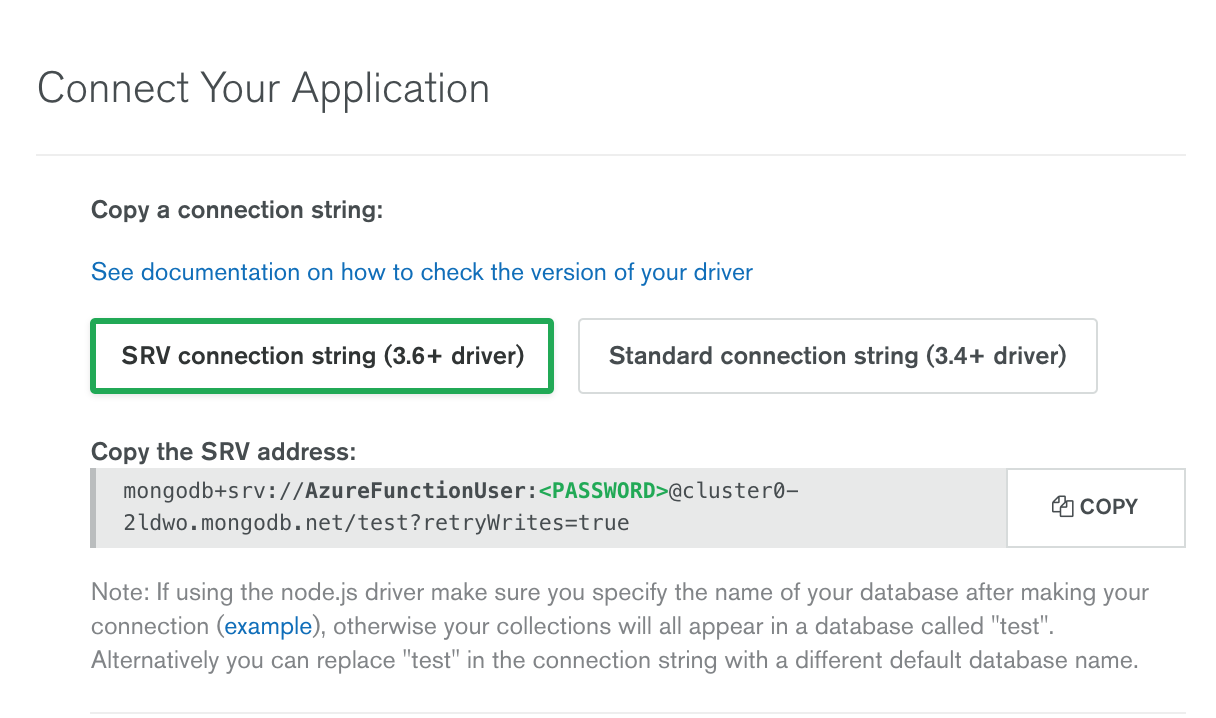

- #JAVA JACKSON JSON COMPARE FOR FREE#
- #JAVA JACKSON JSON COMPARE HOW TO#
- #JAVA JACKSON JSON COMPARE FREE#
#JAVA JACKSON JSON COMPARE HOW TO#
How to add and remove Elements from an Dynamic Arr.Top 22 Array Concepts Interview Questions Answers.Java 8 Stream filter() + findFirst Example Tutorial.If you have any questions or feedback, then please drop a note. If you like the Jackson JSON tutorial, then please share it with your friends and colleagues.
#JAVA JACKSON JSON COMPARE FREE#
#JAVA JACKSON JSON COMPARE FOR FREE#
Top 5 Websites to learn Java For FREE ( websites).How to ignore unknown properties while parsing JSON in Java? ( tutorial).How to convert JSON to HashMap in Java? ( guide)ġ0 Things Java developers should learn? ( article) 10 Advanced Core Java Courses for Experienced Developers ( courses).How to solve UnrecognizedPropertyException in Jackson? ( solution).Top 5 Courses to become full-stack Java developer ( courses).How to parse a JSON array in Java? ( tutorial).10 Online courses to learn JavaScript in depth ( courses).How to parse JSON using Gson? ( tutorial)ĥ JSON parsing libraries Java Developers Should Know ( libraries).Other JSON tutorials and courses you may like: The rule of thumb is that you do it at field level for greater control and start with annotating the optional field which can be null. You have 3 ways to do it, ignore fields with null value at the field level, or class level, or globally at the ObjectMapper level. That's all about how to ignore null fields while converting Java objects to JSON strings using Jackson. This time also you get the same output even though you don't have at the top of your Book class because ObjectMapper will automatically ignore any field with a null value when this option is set. It's also the most up-to-date course and covers new features from recent Java versions. If you happen to just start with Java or want to refresh your Java knowledge, I suggest you first go through these free online Java courses to learn Javascratch. I'll show you the example of each of these three ways to ignore null fields using Jackson, but before that let's first see an example of marshaling Java objects with null fields using Jackson to understand the problem better.ītw, I expect that you know Java and are familiar with using third-party libraries like Jackson in your code. by configuring it to ignore nulls globally. You can also ignore nulls at the object mapper level, e.g. You can also use the same annotation at the field level to instruct Jackson to ignore that field while converting Java object to json if it's null. You can ignore null fields at the class level by using to only include non-null fields, thus excluding any attribute whose value is null. In order to better control JSON output, you can ignore null fields, and Jackson provides a couple of options to do that.

For example, if you have a Java object which has a String field whose value is null when you convert this object to Json, you will see null in front of that. It will provide better comparison results especially for nested objects and arrays.Ignoring null fields or attribute is a one of the common requirement while marshaling Java object to JSON string because Jackson just prints null when a reference filed is null, which you may not want.


If you are not happy with the result, you can consider flattening the maps and then compare them. It returns a MapDifference instance: MapDifference difference = Maps.difference(leftMap, rightMap) Then use Guava's Maps.difference(Map, Map) to compare them. Map rightMap = mapper.readValue(rightJson, type) Map leftMap = mapper.readValue(leftJson, type) See the below examples for Jackson and Gson: ObjectMapper mapper = new ObjectMapper() You could read both JSON documents as Map. Reading the JSON documents as Maps and comparing them


 0 kommentar(er)
0 kommentar(er)
